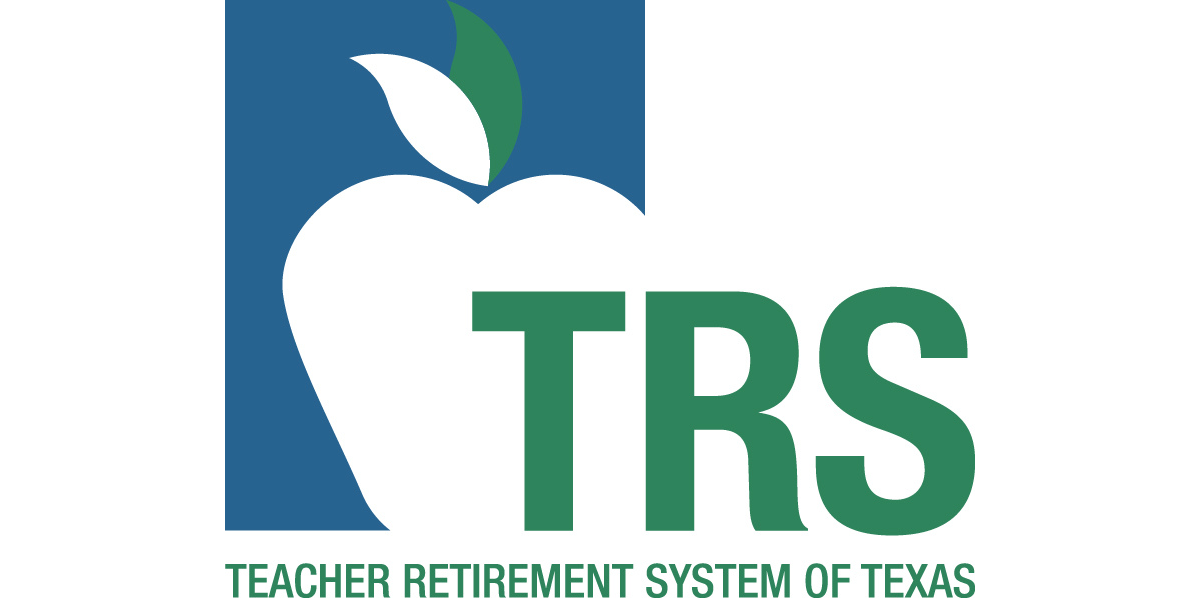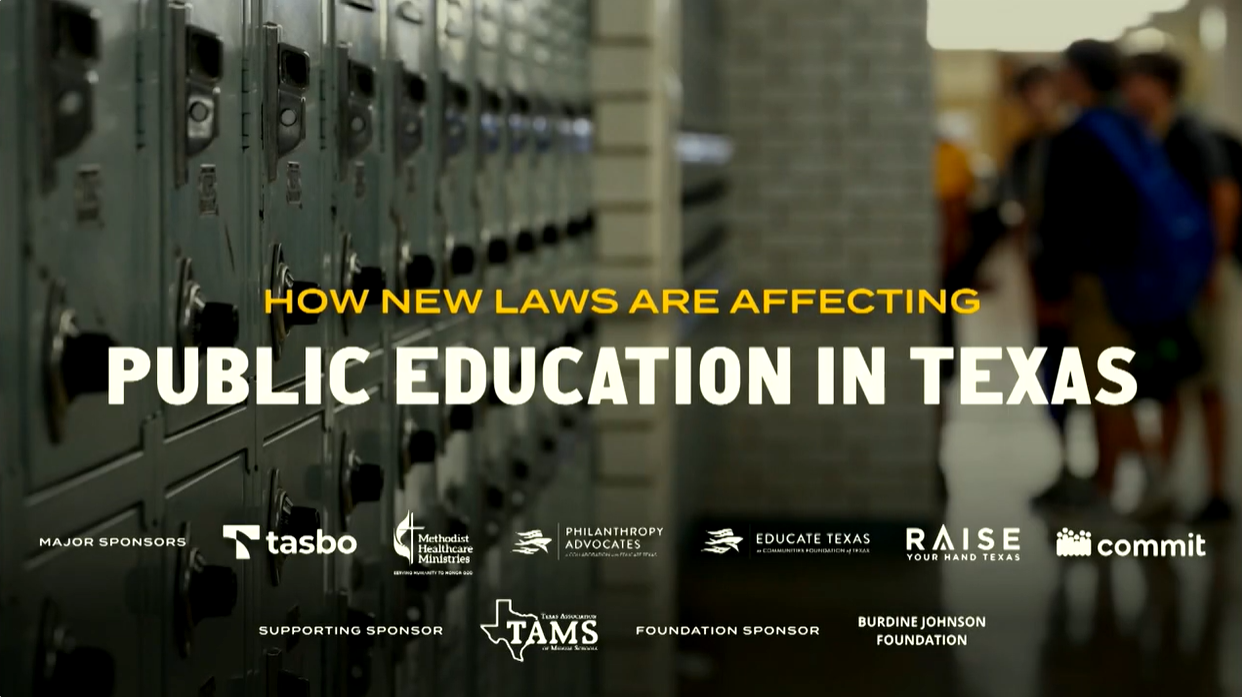Making better use of the state's rainy day fund when it's not raining

Texas Legislature
Date Posted: 3/20/2018 | Author: Monty Exter
The Senate Finance Committee met today to take up a number of Senate interim charges. Among them, the committee took up the charge to examine options to increase investment earnings of the Economic Stabilization Fund in a manner that minimizes overall risk to the fund balance and to evaluate how the Economic Stabilization Fund constitutional limit is calculated; considering alternative methods to calculate the limit, and alternative uses for funds above the limit.
the Texas Economic Stabilization Fund, often referred to as the state’s rainy day fund, is a mechanism that diverts a part of the severance taxes the state collects on oil and gas production and sets those monies aside to fill budget shortfalls resulting from temporary economic downturns. The fund, which has been used many times since its inception, has in recent years grown to approximately $11 billion, larger than at anytime in its history.
During the last session lawmakers facing stiff budget constraints began to discuss how they could better utilize the rainy day fund, other than continuing to stuff cash into the state’s proverbial mattress. One idea floated by Texas Comptroller Glenn Hegar was to take a portion of the fund and invest it as an endowment such that the investment returns could be used to help pay for state priorities, like shoring up the state’s pension funds. Legislators were not comfortable acting on that idea without more time to vet it.
In today’s hearing Hegar reintroduced the idea of investing the whole of the rainy day fund in very liquid assets that would allow for a return that roughly matches the inflation rate and investing a portion of the fund, in excess of what legislators think they might need quick access to, in less liquid assets that would generate a higher return. The Comptroller’s office predicts that an investment of $3 billion, with additional biennial investments over a certain threshold, would within 10 years accumulate to a fund that generates $1 billion a year in usable revenue. In 20 years, that projection jumps to more than $2 billion a year. The idea was received fairly favorably.
One of the things the state has used the rainy day fund for in recent years is to justify credit rating firms’ assignment of a AAA (the highest) credit rating to the state. Having a AAA rating allows the state and school districts through the Permanent School Fund (PSF) bond guarantee program to pay the lowest possible rate on bond debt. It was pointed out in the hearing however, that the rainy day fund is only one factor those firms look at when assigning a score. Another, more heavily weighed factor is the health/unfunded liabilities of a state’s pension funds. Both TRS and ERS need improvement to ensure the state is able to keep its current rating. A downgraded rating could cost the state billions in additional interest over the life of the state’s and school districts’ many bonds.
CONVERSATION
RECOMMENDED FOR YOU

04/18/2024
5th Circuit Court denies rehearing in publishers’ Texas library book lawsuit
Author of HB 900 urges Paxton to appeal to the U.S. Supreme Court.

04/17/2024
TRS board to consider lowering TRS-Care Medicare Advantage premiums
Increased legislative funding, federal changes mean TRS is positioned to pass on savings to plan participants.

04/16/2024
Texas Tribune hosts panel on the impact of new legislation on Texas public education
The hourlong conversation focused primarily on the need for and impact of three pieces of legislation passed in 2023.

